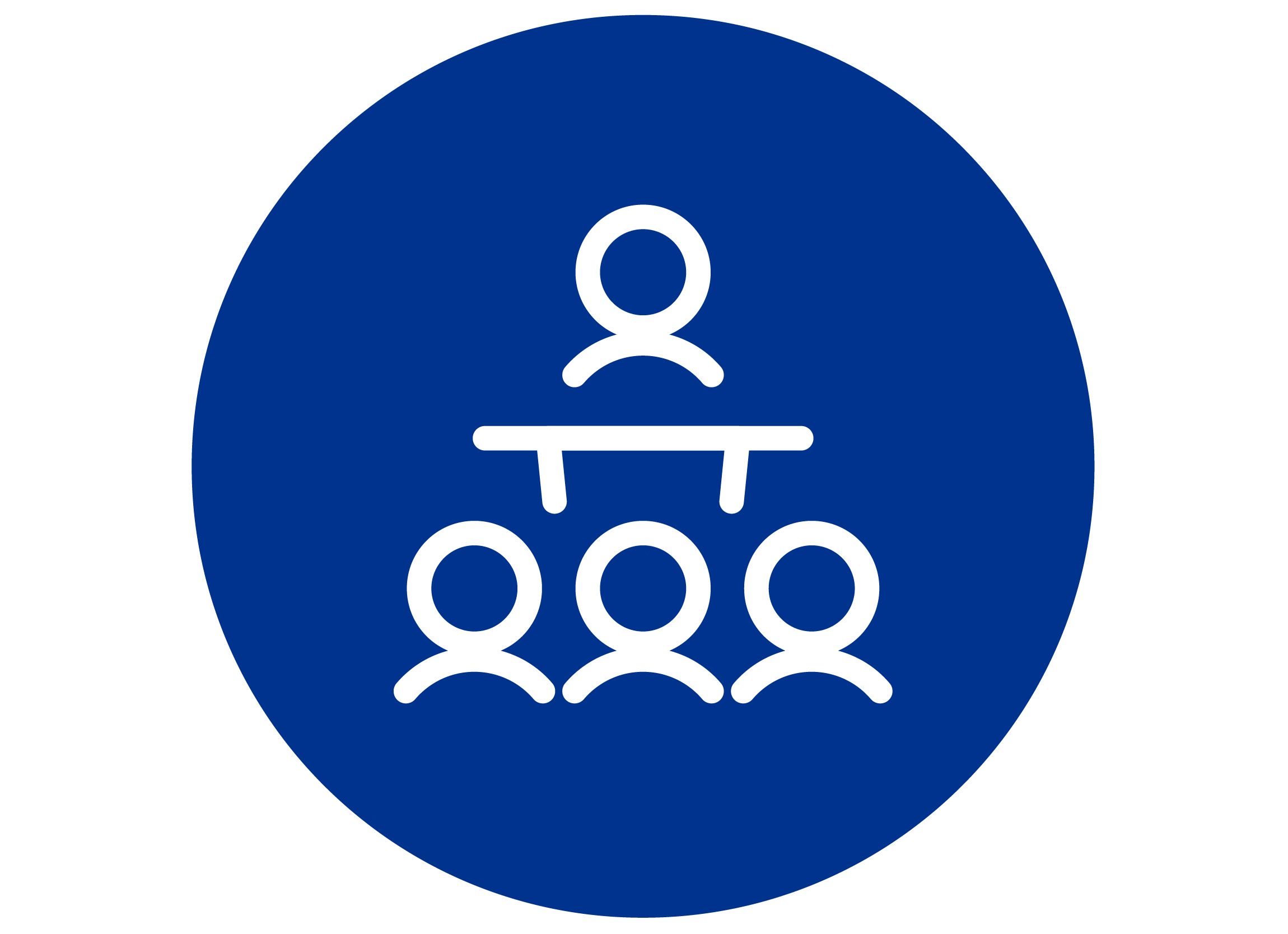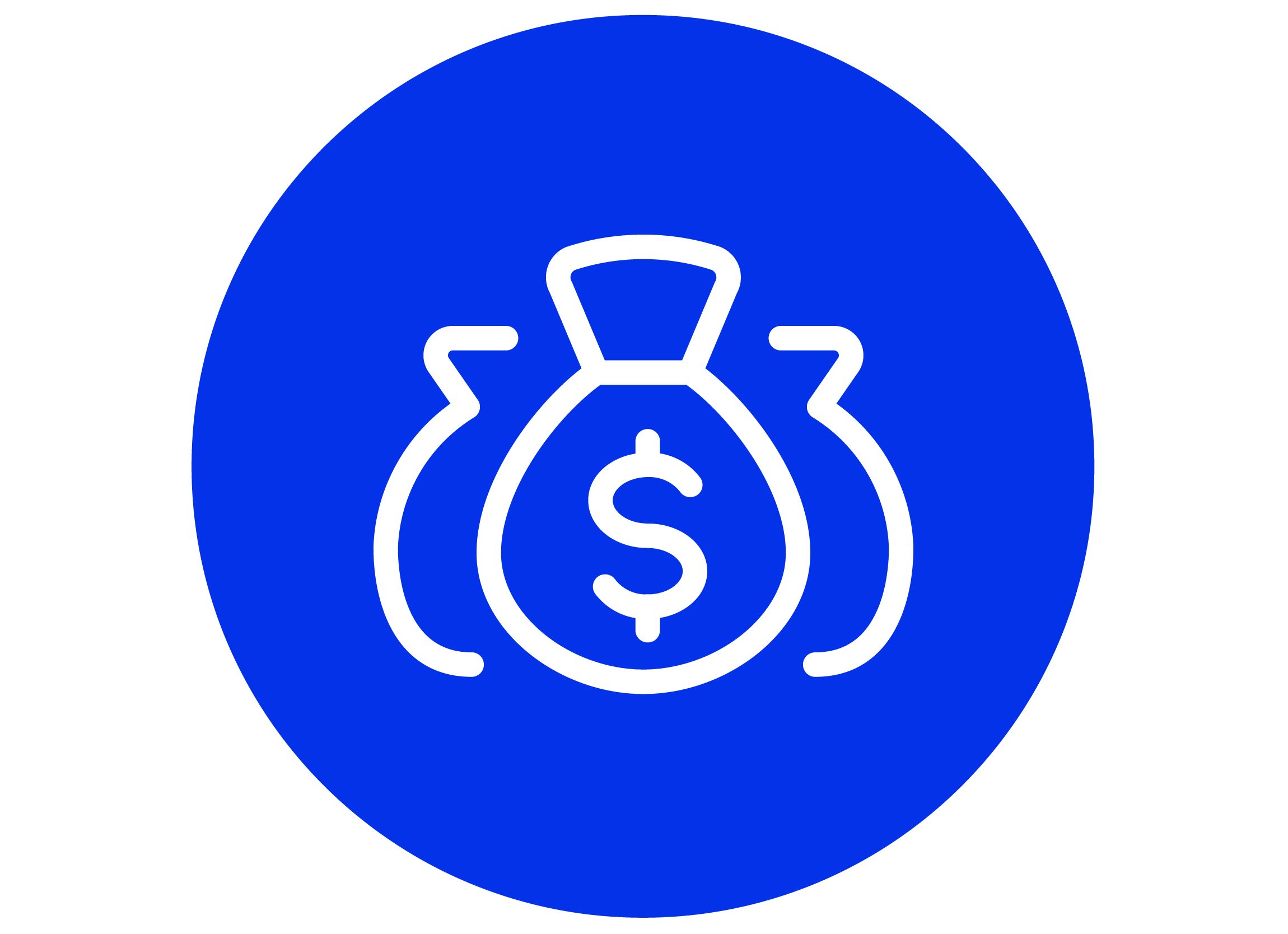The past year was the first year since 2019 free of COVID-19 disruption. The economic environment continued to be challenging with higher interest rates and inflation creating significant cost of living pressures offset by low unemployment rates and generally improved investment returns. The challenges of a dynamic and evolving regulatory environment also continued this year. Despite this the industry recorded its second year of profits.
Overview
In summary
- Statutory fund profits doubled at $1.2b in FY2023 from $0.6b in FY2022.
- Risk Products reported profits of $0.4b, down from $1.2b in FY2022, but higher than the loss of -$20m observed in FY2021. All product types other than retail lump sum products were profitable after tax, although Group Salary Continuance recorded a loss before tax.
- Non-Risk Products reported profits of $0.7b in FY2023 a recovery from losses of -$0.6bn in FY2022 and similar to profits of $0.6b in FY2021.
- Retail Risk Disability Income was the only product where paid claims as a proportion of premium decreased in FY2023 compared to FY2022. Retail Risk Lump Sum has the lowest ratio of claims to premium of all the benefits, however it experienced the highest level of paid claims as a proportion of premiums received this year compared to the past the last 4 years. Group Risk Products paid claims as a proportion of premiums received increased from FY2022, returning for lump sum products to levels similar to FY2018 and FY2019.
- The annual reported profits (noting that year ends differ by company) had the reinsurers reporting losses after tax of $0.3b with 5 of the 7 reinsurers experiencing losses. By contrast direct insurers reported profits of $0.8b with 14 of the 18 insurers reporting profits.
- The overall capital position across the industry remains strong, noting that the published APRA statistics do not include any supervisory adjustments imposed by APRA as part of their IDII sustainability measures (or for any other reason) and therefore the capital position shown is likely substantially stronger than the true underlying capital position.
Market size
The size of the market as measured by annual premium increased, with life insurance premium income (excluding reinsurance) increasing by 4.1% to $18.6b p.a.
Lapse rates for individual advised business started to increase in 2022 reflecting the cost of living pressures, however the lapse rates remain lower than 2019. New business rates for both death and disability income insurance continued to decrease for individual advised business. These will be influenced by several factors, including the number of registered IFAs continuing to fall, increasing premium rates for legacy IDII benefits and increasing pressure on the cost of living (high inflation and rising interest rates).
The number of lives insured by the market is stable after several years of decreases, however the growth in premium income at an industry level was primarily generated by premiums increasing due to inflation as well as price increases across the market, some age related, but some in response to rising claims costs and losses over recent years.
Financial performance
Industry profits of $1.2bn were recorded in the year to June 2023. Of this, $1.2b of profits were generated in the Insurers’ Statutory Funds, which is a $0.6b increase compared to prior year. This was underpinned by decreased profitability ($0.8b) on risk products and increased profitability ($1.3b) on non-risk products due to more favourable investment markets. Notably, the profits recorded on Individual Disability Income business decreased substantially to $0.2bn from $1.1bn in the prior year and profits record on Individual Lump Sum business decreased substantially with a loss of $0.4bn compared to profits of $0.1bn in the prior year.
The decrease in profits reflects increases in claims levels, with Gross Claims as a Proportion of Gross Premiums increasing by 2.9% (61.7% to 64.6%) for Risk Products in the context of a market which is continuing to increase premium rates for IDII benefits.
Expenses as a proportion of premium continue to be stable (ranging from 24.7% to 25.5%) over the last 3 years compared to an average of 28.4% over the previous 3 years. This reflects companies' ongoing focus on embedding business efficiencies to improve profit outcomes with the industry providing limited growth.
KPMG Life Insurance Insights Dashboard
KPMG's Life Insurance Insights Interactive Dashboard presents analysis based on a combination of leading analytics applied to APRA published statistics, supported by insights from our Life Insurance specialists.
Life insurance market snapshot
An infographic snapshot of life insurance market data to June 2023.
Industry Size and Capital Strength

$18.6bn
Direct Premium as at 30 June 2023, an increase of +4.1% from $17.9bn in prior year.
35.7%
Inwards reinsurance Premiums as a proportion of Direct Insurers premiums as at 30 June 2023, a decrease of 10.8% from 41.7% in the prior year.1
31.5m
The sum of lives insured across cover and channel types as at 31 December 2022, which remains stable as the prior year.2
-9m
Reduction in the sum of lives insured across cover types in the Group Super channel in the three years to 31 December 2022.2
2.0
The industry capital coverage ratio which remains stable as the prior year.
Industry Profits

$1.2bn
Profit across the Life Insurance industry in the 12 months to June 2023. In the prior year $0.6bn of profits were reported.3
-$0.8bn
Decrease in profit on Risk Products from the prior year. The profits totalled $0.4bn as at 30 June 2023.
+$1.3bn
Increase in profit on Non-Risk Products from the prior year. The losses totalled -$0.7bn as at 30 June 2023.
-$0.2bn
Profits on Retail Risk as at 30 June 2023. ($0.2bn on IDII and -$0.4bn on Lump Sum Risk).
-$0.3bn
Losses experienced by reinsurers.4 Five of the seven reinsurers reported losses.
Product Revenue and Distribution

70%
Proportion of Risk Product Net premium relating to Lump Sum (Retail & Group) as at 30 June 2023.
61%
Annual premium sold through Individual channels (as opposed to Group) at 31 December 2022. 52% of the market is sold through the individual advised channel.
-0.2%
Decrease in new business volumes at 31 December 2022 compared to the prior year.4
84%
Proportion of Risk Product Gross Annual Premium written by top 5 companies (as at 31 December 2022).
50%
Proportion of Risk Product Gross Annual Premium relating to Superannuation business.
Customer Impact

+3.0%
Increase in the average premium per policy for Risk Products in the 12 months to 31 December 2022.
+15%
Increase in the Individual Disability Insurance average premium per policy in the two years to 31 December 2022.
97%–98%
Acceptance rates for death cover (Group and Retail).
6%–13%
Decline rates for TPD (Group and Retail). These have been broadly stable across the industry over the last 12 months.
+1.8%
Increase in the lapse rate at 31 December 2022 compared to the prior year.4
Watch the 2023 Life Insurance Insights webinar
Life insurance market outlook
The lower financial results observed for risk products may arise from a number of factors including that last year’s results may have been impacted by one-off events as COVID-19 reserves being unwound. However the increased profitability (following a sustained period of unprofitability (FY2019 – FY2021) reflects the impact of several years of repricing existing business for the purpose of improving profitability. We expect the following to be key areas of focus for life insurers during the next 12 months and beyond.
Unprecedented times – Economy and the continuing impact of the COVID-19 pandemic
The Claims/Premium ratio increased for benefits other than Retail Disability Income, which declined. The Claims/Premium ratio for Lump Sum benefits is shown only at an aggregate level. Anecdotally, from discussion across industry, Group and Retail TPD claims experience has increased, which potentially is due to factors ranging from the high interest rate and higher inflation environment to the delayed impact of the COVID-19 pandemic on claims.
Search for growth
Organic market growth continues to prove challenging for the industry.
Group insurance
The group life market remains highly concentrated with a few providers. The focus by APRA on consolidating superannuation funds has a similar impact on group insurance and is potentially further adding to the market concentration. This market shrank considerably following the Protect Your Super (PYS) and Putting Members’ Interest First (PMIF) regulatory changes but has been stable over the past 2 years. The number of group super benefits issued in the industry decreased from 29.7M benefits as at 30 June 2019 to 20.1M benefits as at 31 December 2021 to 20.5M benefits at 31 December 2022.
Individual advised
Lapse rates increased in the year to 31 December 2022, across lump sum and IDII benefits, and new business rates largely continued to decline. These will be influenced by several factors, including the number of registered IFAs continuing to fall, increasing premium rates for legacy IDII benefits and the impact of the cost of living.
Individual non-advised
The direct market was heavily impacted by the reforms following the Royal Commission, with lives insured decreasing to 3.3M at 31 December 2022 from 5.0M at 30 June 2019, with most of the change flowing from the decrease in Consumer Credit Insurance.
Consumer focus
The number of benefits insured, summed across cover and channel types has stabilised as the initial impacts of the PYS and PMIF legislation have flowed through.
The average premium per policy continued to increase, although at a slower pace. Disability insurance and TPD with increases of 4% and 3% respectively over the past year and 38% and 48% respectively over the past 3 years.
Decline rates decreased across the industry over the last 12 months. TPD traditionally has the highest decline rate at 8.1% for Group Super (decreased from 10.8% last year) and 13.2% for Individual Advised (decreased from 17.5% last year).
Capital position
The statistics show that the capital strength of the insurance industry is stable with a Prescribed Capital Amount (PCA) ratio of 2.05 (vs. 2.03 in FY2022).
This likely overstates the capital strength of the industry as many insurers will be subject to Supervisory Adjustments as part of APRA’s IDII sustainability measures and these are not included in the official statistics, however anecdotally several insurers have experienced decreases in their Supervisory Adjustments over the past year as APRA assesses the adequacy of their sustainability measures.
Financial reporting
This is the last set of APRA metrics which will be reported on using AASB 1038. A disconnect in results is expected next year as insurers move to report under AASB 17. This is expected to have a significant impact on financial results with net assets decreasing as Deferred Acquisition Costs are written off and accounting profits increasing. AASB 17 continues to challenge the sector with ongoing implementation costs affecting a number of insurers.
Evolving landscape
Product design and distribution obligations
Design and Distribution Obligations (DDO) obligations have been effective for two years and currently tops ASIC’s strategic priorities (2022-2026). ASICs focus is on surveillance and enforcement, including taking enforcement action where they observe poor product design and distribution of financial products not consistent with their target market. Across all financial services, ASIC has issued 81 Interim Stop Orders and three reports of their findings:
The proactive regulatory approach to enforcement requires Life Insurers to remain vigilant in product design processes and data governance over TMD determinations.
Regulatory agenda
In addition to DDO, future regulatory challenges require action from Life Insurers. APRA is now focussing on the operational resilience of insurers through CPS 230. Separately, organisations are responding to the forthcoming Financial Accountability Regime (FAR) by assessing accountabilities across key functions. The forthcoming International Sustainability Standards (ISSBs) will be effective from 1 July 2024, with impacted insurers currently assessing the gaps in their current reporting to these new requirements. This dynamic regulatory environment is the new norm for Life Insurers.
Systems and data
Regulatory changes and requirements have driven and continue to drive developments in data quality and systems and companies move from resolving the increased complexity around systems, data and analysis introduced by APRA’s IDII requirements and AASB 17 to considering APRA’s data collection roadmap.
Beyond APRA’s growing expectations of the industry, data continues to be high on the agenda for all insurers. Many insurers have moved beyond data strategy, data quality improvements or the upgrading of systems and data infrastructure. Anecdotally, some of the more advanced insurers are starting to experiment with Artificial Intelligence and other advanced technologies to test specific use cases around claims management, underwriting, customer experience and general productivity improvements. The key challenges with these initiatives include prioritisation, ensuring an acceptable rate of return, accessing the right expertise, risk and ethics considerations and change management.
Connect with us
Sign up to receive Insurance Insights – delivered directly to your inbox.
Footnotes:
1. The statistic represents the proportions of direct premiums reinsured within the Australian Market.
2. Calculated as the sum of lives insured across each cover and channel types. This doesn’t represent the number of individuals insured (as an individual may have multiple covers).
3. Reflects profits of Life Insurance Statutory Funds, as opposed to the Entity in the APRA Performance Statistics.
4. Calculated as a weighted average rate across different cover and channel types using the APRA Claims and Dispute statistics which contains only Risk Products.

